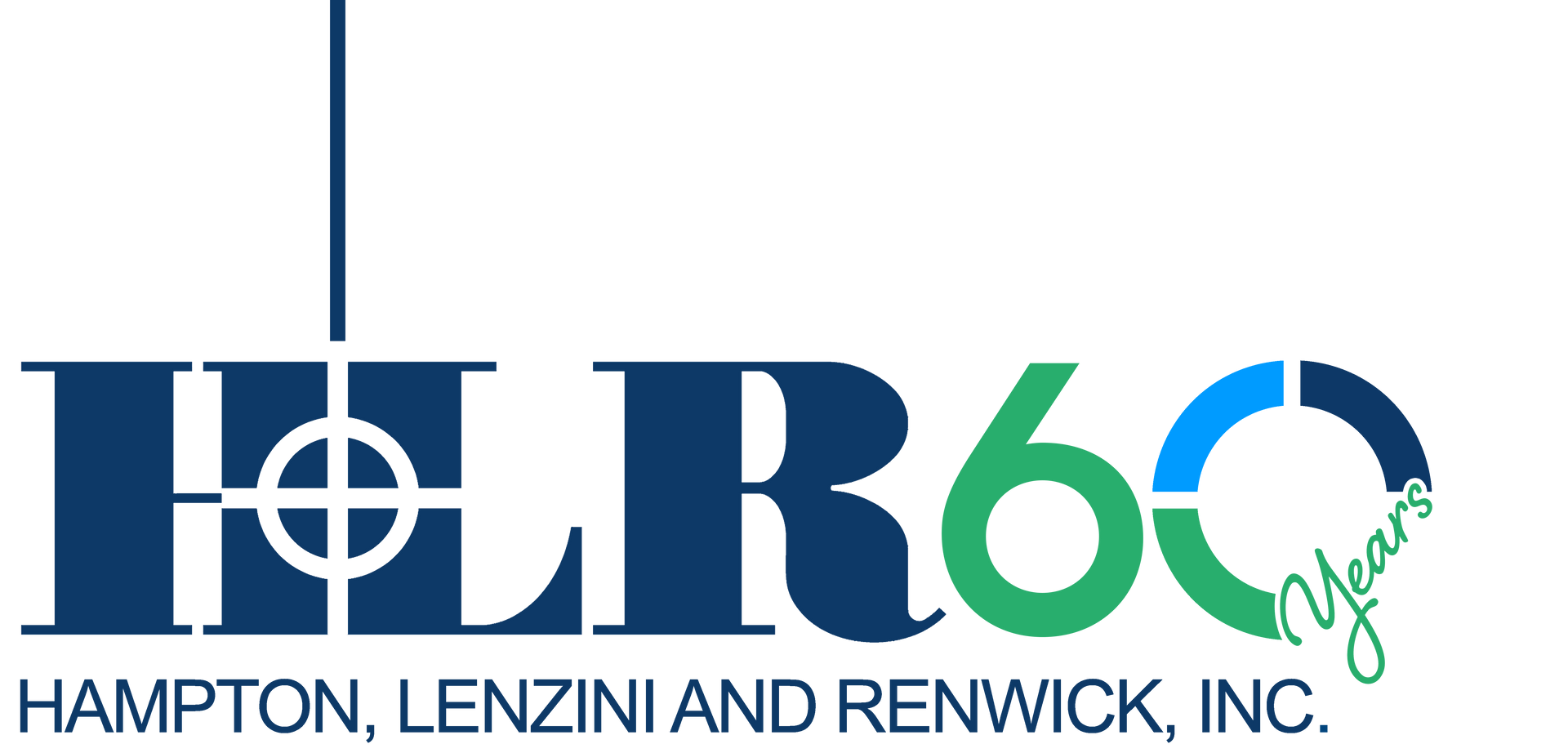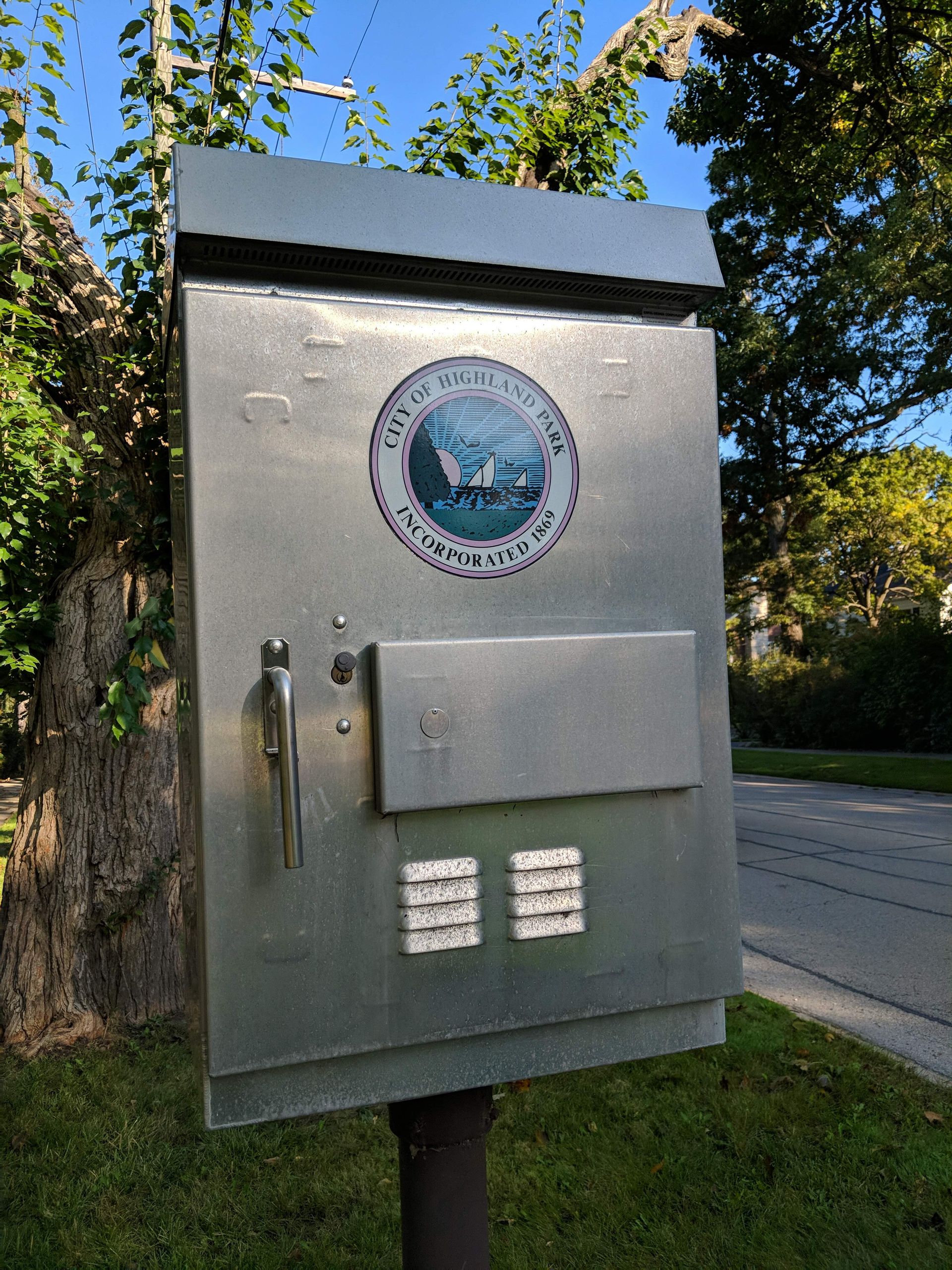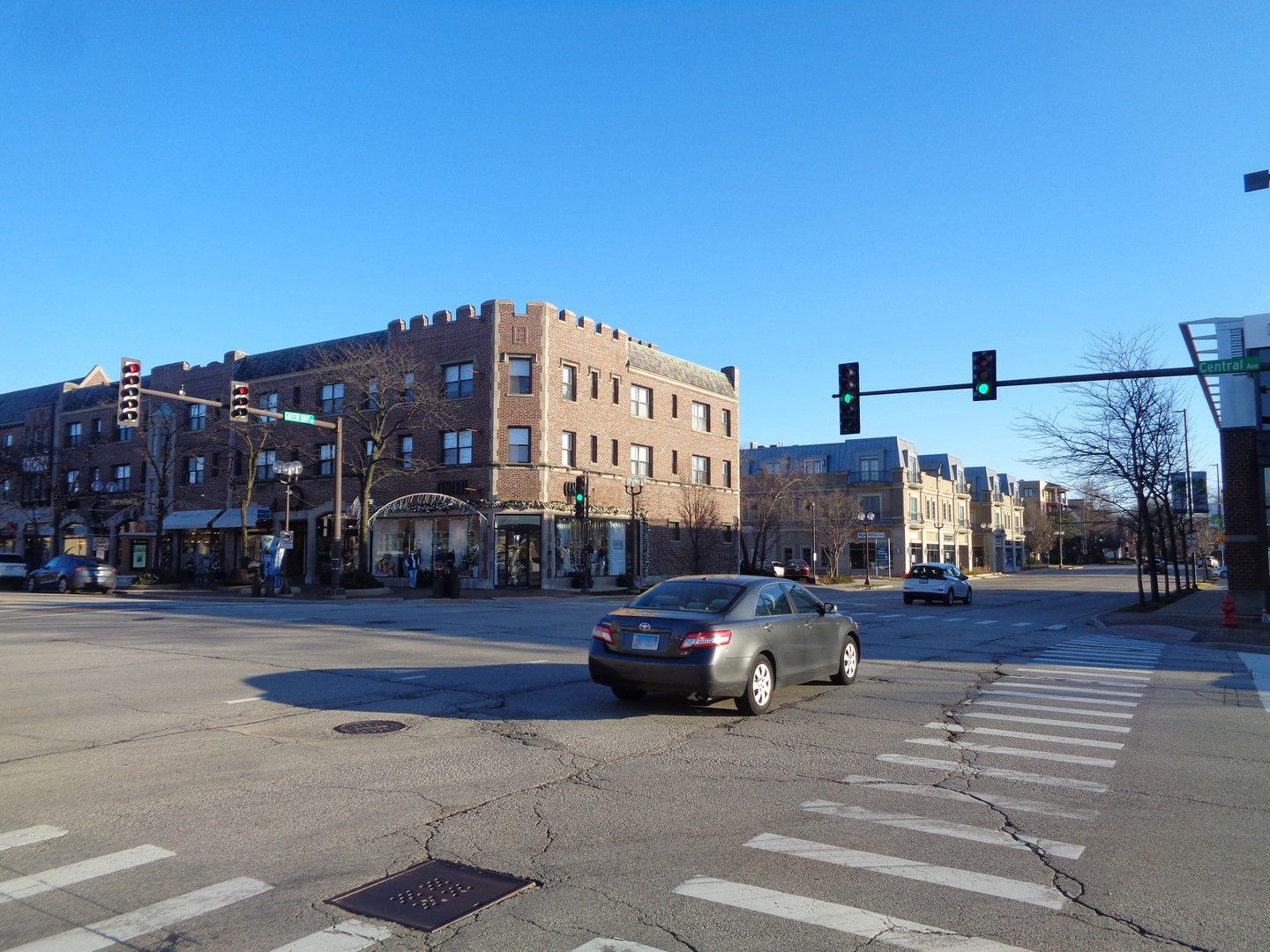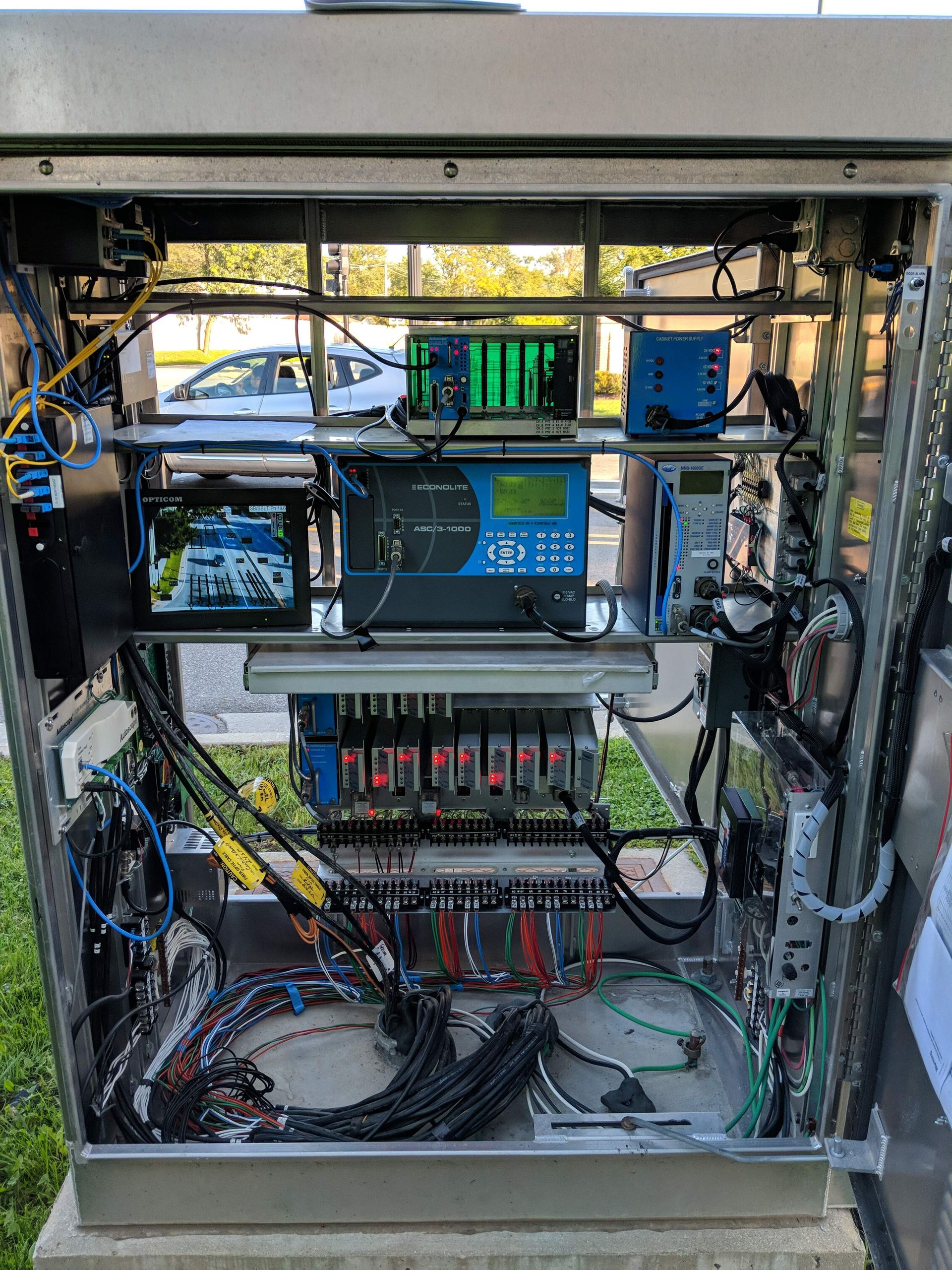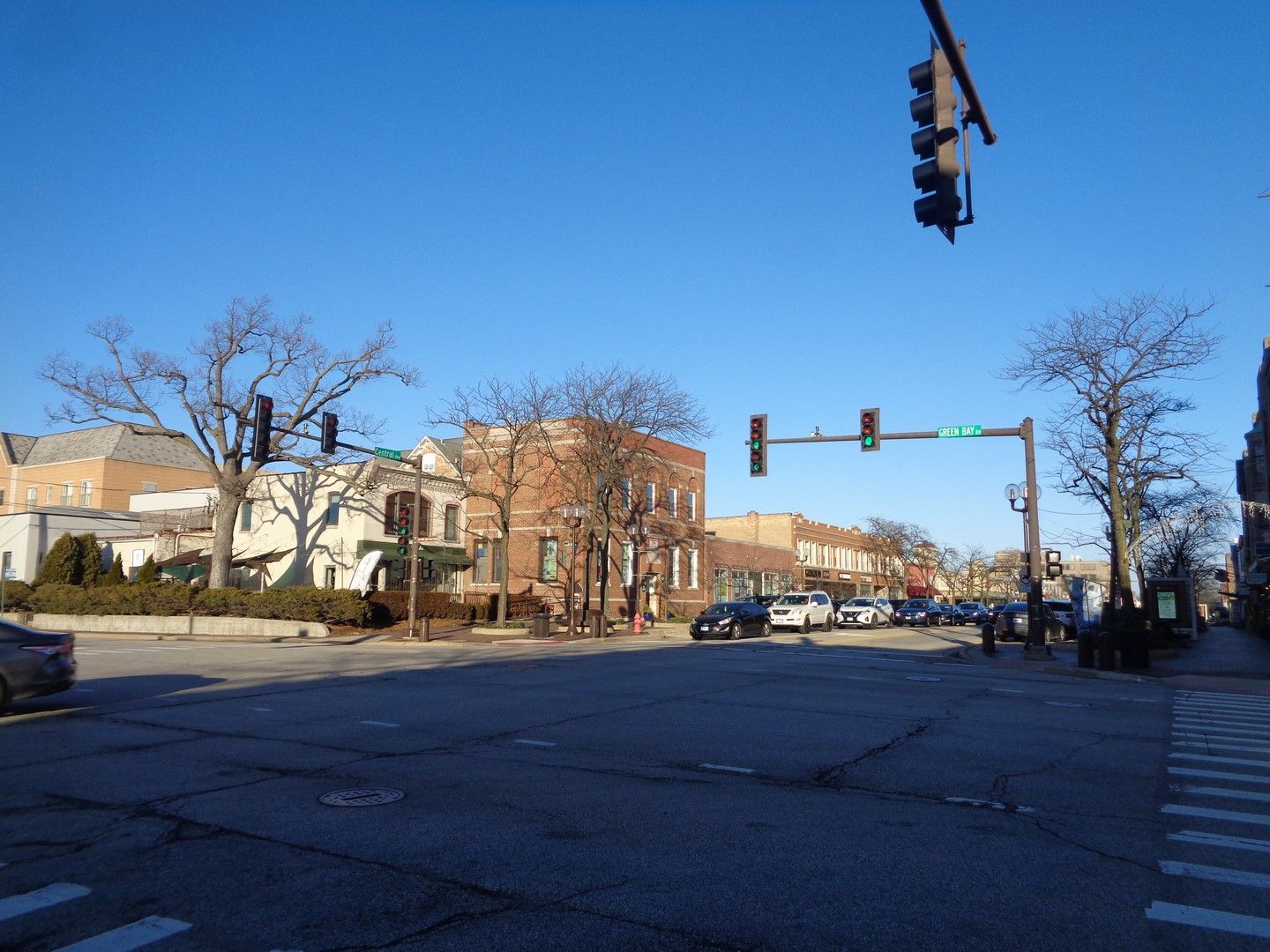Traffic Signal Inventory
City of Highland Park
OBJECTIVE
Conducting thorough data collection and assessment of 27 traffic signals, coordinating with city staff to align expectations, developing an effective evaluation mechanism, estimating costs for improvements, preparing a comprehensive master plan report with actionable recommendations, exploring detection alternatives, and identifying suitable funding options—all require meticulous attention to detail, collaboration, expertise in traffic signal infrastructure, and adherence to ADA standards to meet the City's infrastructure goals.
PROJECT DESCRIPTION
HLR assisted the City of Highland Park in creating a master plan for the existing traffic signal inventory and improvement recommendations. The project's scope included on-site data collection, coordination with City staff, preparing an infrastructure evaluation mechanism, creating a cost estimate for improvements, and preparing a master plan report with recommendations. From the data obtained, a GIS equipment inventory database and a written report were prepared. The report provided an overview of the existing equipment, along with a summary of deficiencies and the necessary steps to remedy them, including associated cost estimates. It also discussed various vehicle and pedestrian detection alternatives the City could explore for future improvements. Additionally, HLR provided various funding options for the City to consider. The information contained within this report could be distributed to other agencies and personnel to assist with capital improvement decisions.
HLR worked with City staff to narrow down a list of expectations for the inventory and subsequent master plan report. The project involved 27 traffic signals located at intersections and pedestrian crossings throughout the City. Site investigations were conducted to capture a snapshot of the signal equipment currently in use in the City’s signal cabinets. ADA accessibility and intersection deficiencies were also observed and recorded.
The equipment investigated and observed as part of the inventory evaluation included:
- Stand-alone signals vs. signals on Lake County’s PASSAGE network
- Signals equipped with existing Emergency Vehicle Preemption (EVP) equipment
- Types of EVP beacons (incandescent vs. LED)
- Types of signal cabinets (NEMA TS-1, NEMA TS-2, and ATC)
- Manufacturers of traffic signal controllers (Econolite vs. Siemens)
- Types of Conflict Monitor Units (CMU) or Malfunction Management Units (MMU) (Reno vs. EDI)
- Battery backup systems
- American with Disabilities Act (ADA) intersection deficiencies, including sidewalks, crosswalks, ramps, pedestrian push buttons, and pedestrian signal heads
PROJECT HIGHLIGHTS
- Assisted in developing a comprehensive master plan for traffic signal inventory and improvement recommendations
- Conducted on-site data collection and coordinated with City staff to ensure project alignment
- Established an infrastructure evaluation mechanism and provided cost estimates for proposed improvements
- Explored various vehicle and pedestrian detection alternatives for future enhancements
- Provided multiple funding options for consideration by the City
- Collaborated with City staff to refine project expectations and address ADA accessibility and intersection deficiencies
- Evaluated a range of signal equipment, including stand-alone units, those on Lake County’s PASSAGE network, and those equipped with Emergency Vehicle Preemption (EVP) technology
- Identified key components such as signal cabinets, traffic signal controllers, Conflict Monitor Units (CMU), battery backup systems, and American with Disabilities Act (ADA) intersection deficiencies
